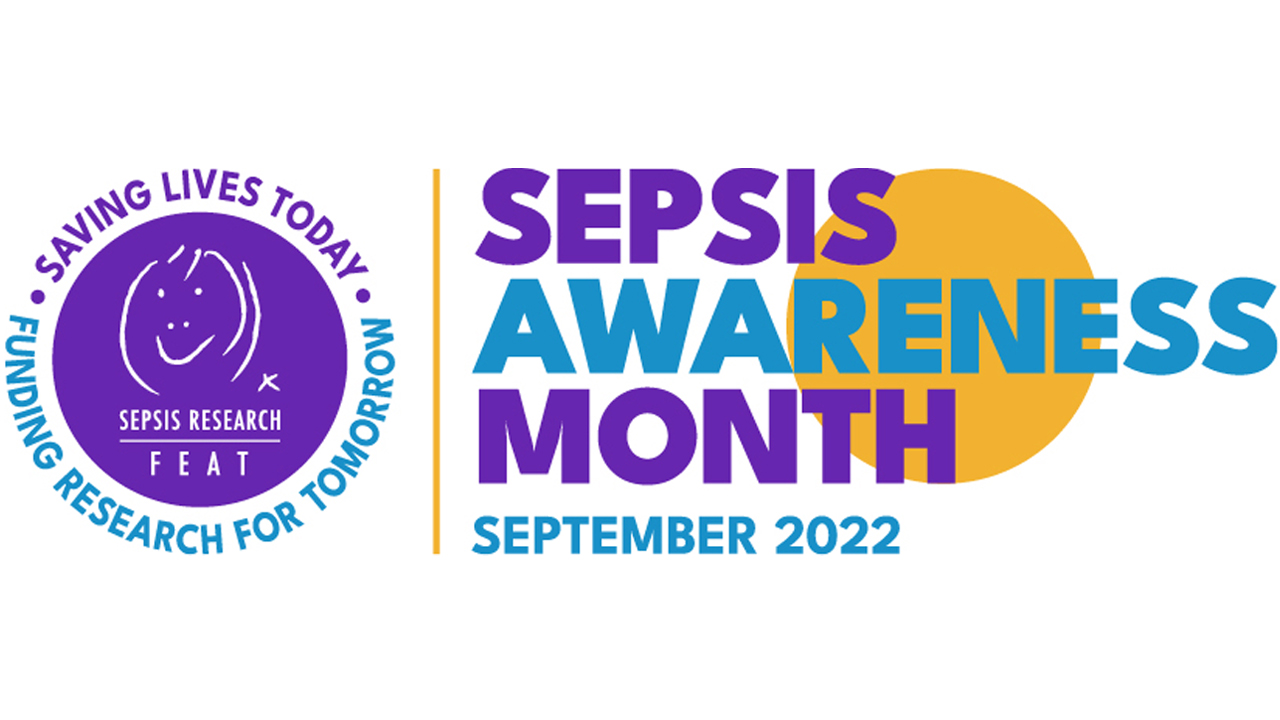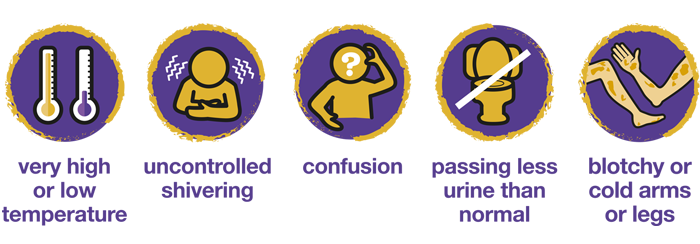In Campaigns
Follow this topic
Bookmark
Record learning outcomes
20 per cent of deaths worldwide are associated with sepsis and yet it is still poorly understood as a condition. Colin Graham, Chief Operating Officer at Sepsis Research FEAT wants this to change. He tells us about the key signs of sepsis and the work his charity is doing to raise awareness about this life-threatening illness.
Q: So, what actually is sepsis?
A: Sepsis is caused by the body’s response to an infection. Your immune system protects you from illnesses and infections but sometimes it can overreact, triggering widespread inflammation which can lead to shock, multiple organ failure and death.
Q: What causes sepsis?
A: Sepsis arises when the body’s normal response to an infection injures and overwhelms its own tissues and organs. It is the final common pathway to death from most infectious diseases worldwide, including viral infections like SARS-CoV-2 (the virus that causes Covid-19).
The biological processes that cause sepsis are not well understood and that is why research is needed. It is the only way to develop new treatments which doctors, and health professionals can use to treat sepsis in the future and save more lives.
Q: What are some signs and symptoms of sepsis that staff should look out for?
A: Sepsis can be hard to recognise and diagnose. In their early stages, sepsis, flu and a chest infection can have similar symptoms.
For this reason, Sepsis Research FEAT is working to raise awareness of the five key symptoms of sepsis. If people can recognise these, they can quickly seek the correct medical help and improve their chances of recovery. For every hour treatment is delayed, a person’s chance of survival reduces by over seven per cent.
Q: What are these five key symptoms?
A: They are:
- A very high or low temperature
- Uncontrolled shivering
- Confusion
- Passing little urine
- Blotchy or cold arms and legs.
On their own, these symptoms can be an indication of other health problems. But any of these symptoms becoming noticeably worse may indicate sepsis and urgent medical attention should be sought.
Additionally, someone with sepsis may not show all of these symptoms at once or display other symptoms, including difficulty breathing, rapid heartbeat and feeling dizzy or faint. Staff should also be aware that symptoms can also vary given the age of the patient.
Q: Does this mean there are different symptoms for children?
A: Yes, some children may exhibit slightly different symptoms including shortness of breath, vomiting or diarrhoea, bluish skin or lips, lethargy and a non-fading rash. Like adults, children may not have all these symptoms, but parents should be advised to trust their instincts if they are at all concerned their child might be unwell with sepsis.
Q: Tell us a bit more about Sepsis Research FEAT.
A: Sepsis Research FEAT is the UK’s only sepsis charity dedicated to research. It also raises awareness of sepsis among the public and the medical community. The charity was founded by Craig Stobo in memory of his wife, Dr Fiona Agnew, and their unborn daughter, Isla, who died from sepsis in 2012.
Our main aims are funding research, awareness-raising, campaigning and shaping policy. We rely on legacies and donations to support this vital work.
Q: Why do you think the charity’s work is important?
A: Five people in the UK die every hour from sepsis. Despite this shocking figure, many people are still unaware of how serious the condition is. Our charity works to raise awareness of sepsis among both the public and the medical community. If more people have a better understanding of sepsis and the signs to look out for then this could lead to more lives being saved.
Q: What current projects is the charity supporting?
A: Since becoming a founding partner in 2018, Sepsis Research FEAT has continued to fund the Genetics of Mortality in Critical Care (GenOMICC) study at the University of Edinburgh’s Roslin Institute, led by Professor Kenneth Baillie. This world-leading study researches the ways our genes can influence how vulnerable our bodies are to serious conditions such as sepsis. It made a significant contribution to the global understanding and treatment of COVID-19.
Q: What do you think pharmacy teams should do to help raise awareness about sepsis?
A: Pharmacy teams can help to play a hugely important role in raising awareness amongst the general public. This month, they could create displays in the pharmacy outlining key signs and symptoms and they could even take part in fundraising challenges such as our Give us 5! campaign for Sepsis Awareness Month.
Just email info@sepsisresearch.org.uk and we would be happy to supply posters, awareness cards and other display materials. Clearly in their day to day work pharmacy teams are also well-placed to spot the key symptoms and advise customers when they should seek urgent medical attention. It really could save a life.
Sepsis stats
- Sepsis kills an estimated 50,000 people in the UK every year
- Five people die every hour from sepsis in the UK – that’s one every 12 minutes
- Globally, sepsis kills 11 million people, making it a bigger killer than breast, bowel and prostate cancer combined
- Sepsis is the primary cause of preventable death in the world
- 246,000 people in the UK and 49 million people worldwide are affected by sepsis every year
- There are around 25,000 annual UK cases of childhood sepsis
- Up to half of those who survive sepsis are left with devastating consequences such as having limbs amputated or long-term mental trauma.


